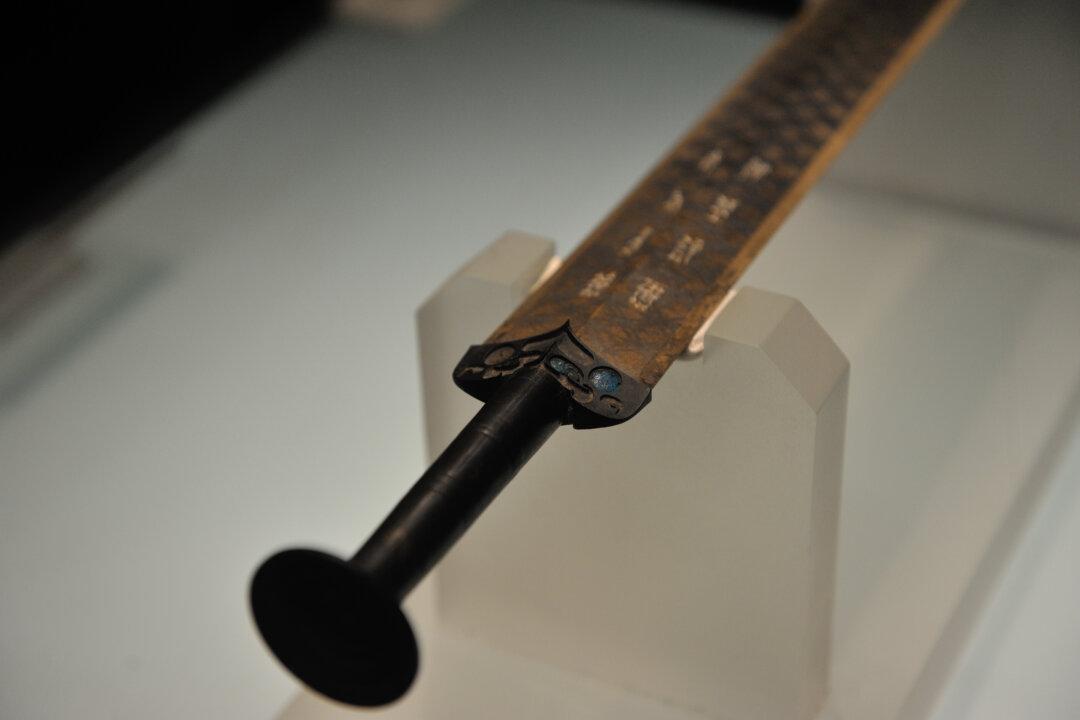Fifty years ago, a rare and unusual sword was found in a tomb in China. Despite being well over 2,000 years old, the sword, known as the Goujian, did not have a single trace of rust. The blade drew blood when an archaeologist tested its edge with his finger. It was seemingly unaffected by the passage of time.
Besides this strange quality, the craftsmanship was highly detailed for a sword made such a long time ago. Regarded as a state treasure in China today, the sword is as legendary to the Chinese people as King Arthur’s Excalibur in the West.
Despite being well over 2,000 years old, the sword did not have a single trace of rust.

